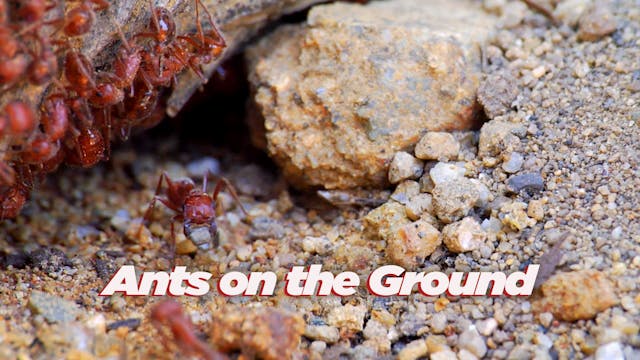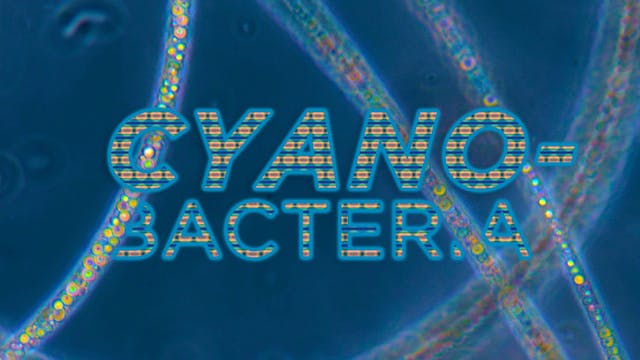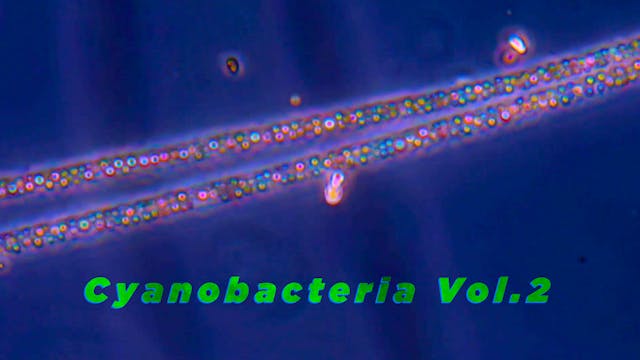Ants on Plants
Living Beings
•
32m
Harvester ants climbing on plants, drinking from giant water droplets, and foraging for food. Ant colony members are constantly communicating with one another through their chemical language of pheromones, as well as tactile cues and even moving air molecules. To be able to drink the water, the ants use their mandibles (mouth parts) to puncture the surface tension of the rounded water drops. This program was made with assistance from Les Greenburg and the University of Riverside Department of Entomology.
Up Next in Living Beings
-
Ants on the Ground
Recording the anthill in its splendor of minute sprawling activities. A colony of Harvester ants patrols the ground, on-duty and at rest. An ant colony is optimized for efficiency, but that doesn't mean that all ants are working all the time. In fact, having a surplus of members is an important f...
-
Cyanobacteria
Over a billion years ago, tiny jewel-like cyanobacteria oxygenated earth's atmosphere. These single-cell organisms are the reason we have air to breathe. Cyanobacteria are also believed to be the precursors responsible for photosynthesis and multicellularity as a whole. Cyanobacteria are found in...
-
Cyanobacteria Vol.2
Cyanobacteria oxygenated Earth's atmosphere billions of years ago, allowing oxygen-using creatures to evolve. Cyanobacteria are also credited with devising photosynthesis and multicellularity. Today they provide 20% of Earth's oxygen. These photosynthesizing bacteria are found in many environment...



